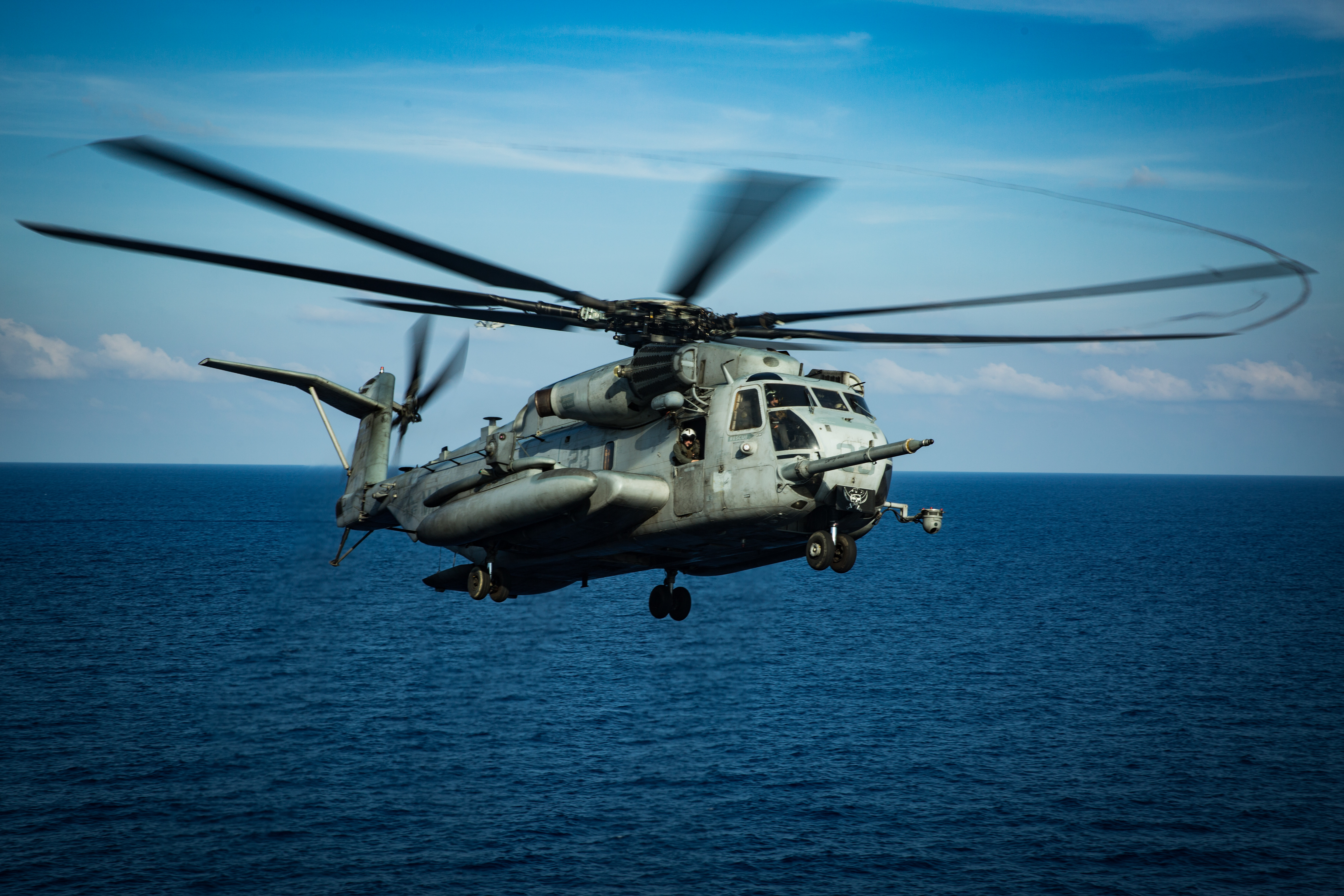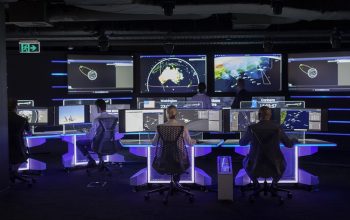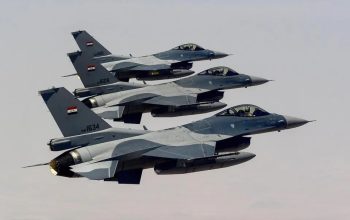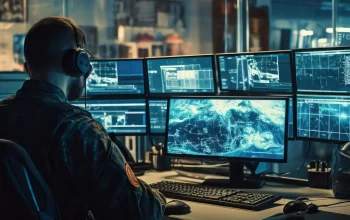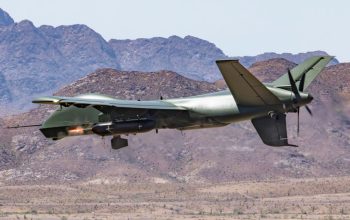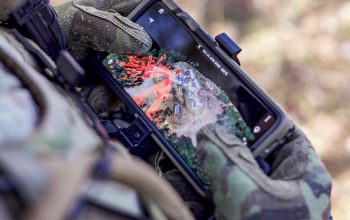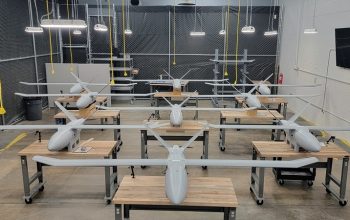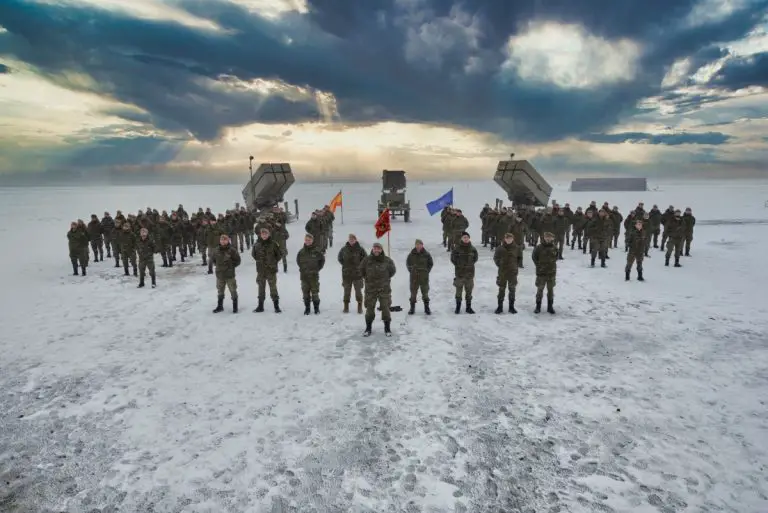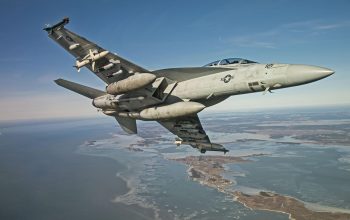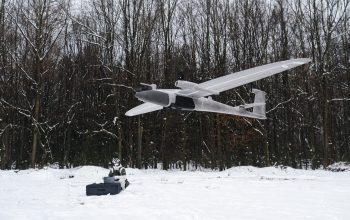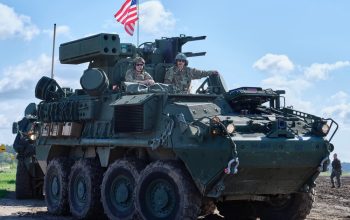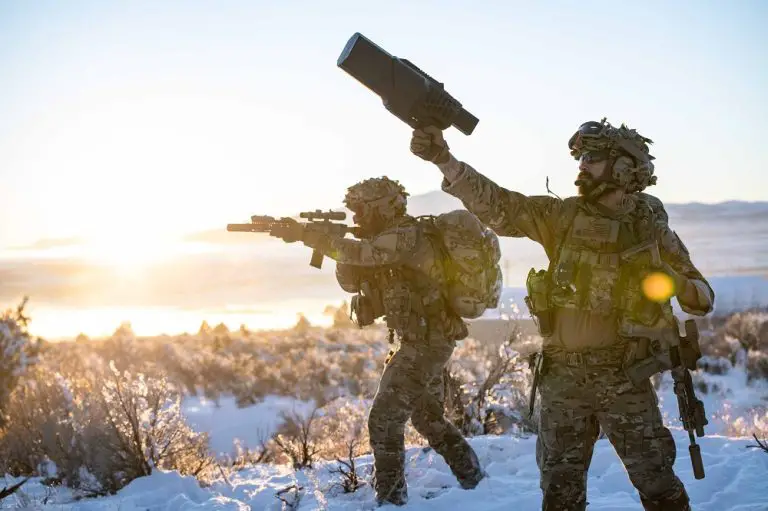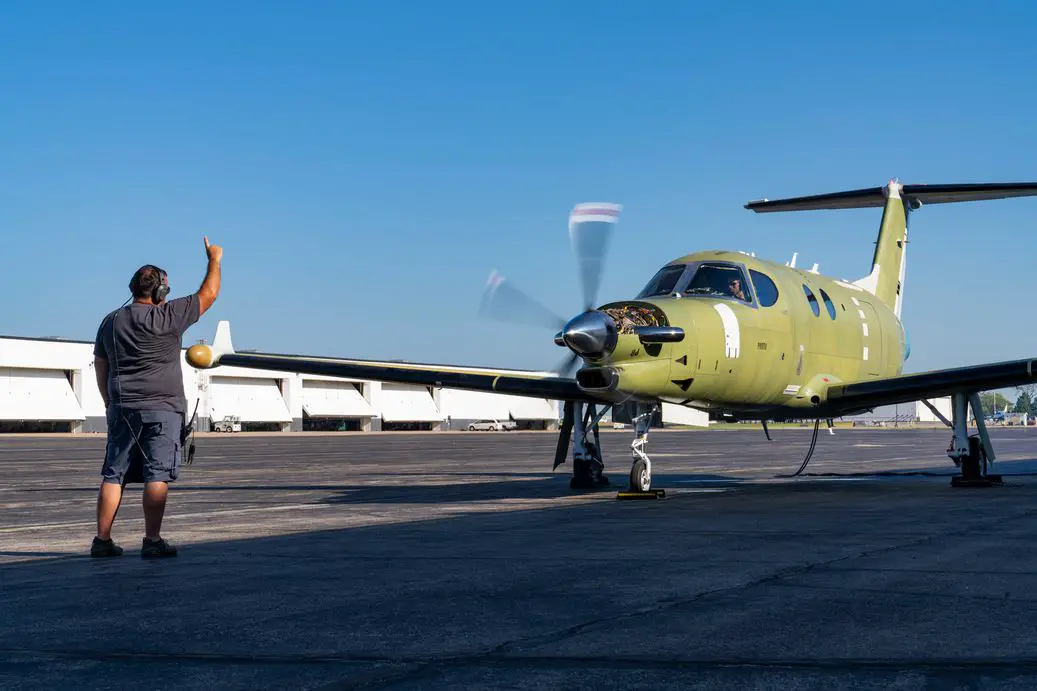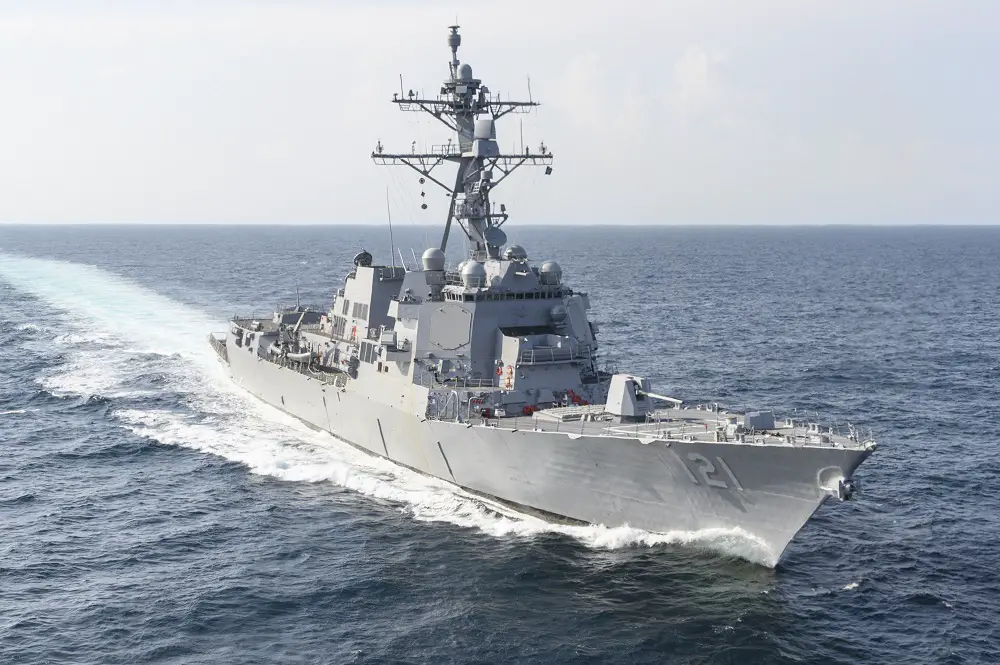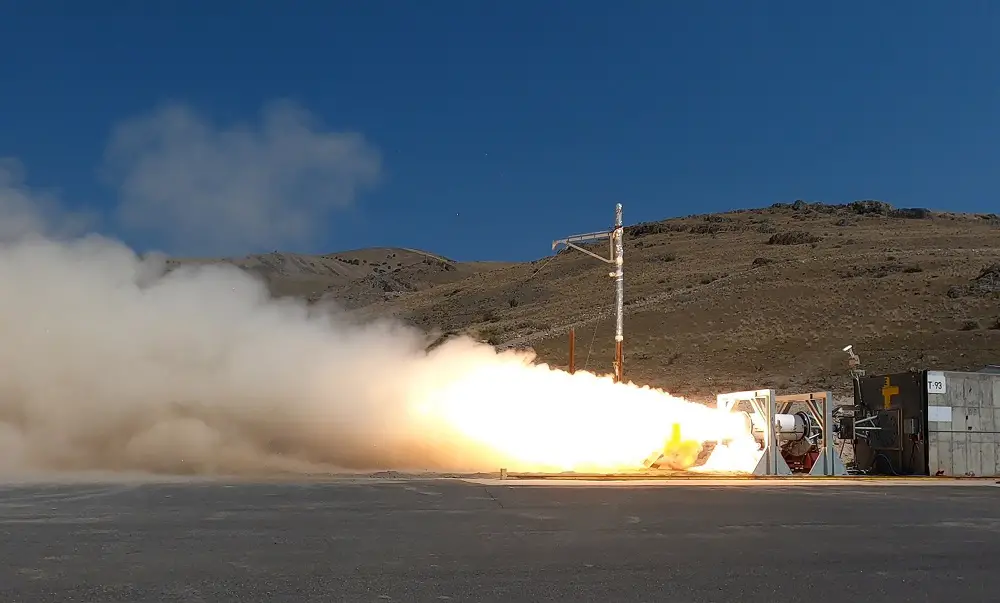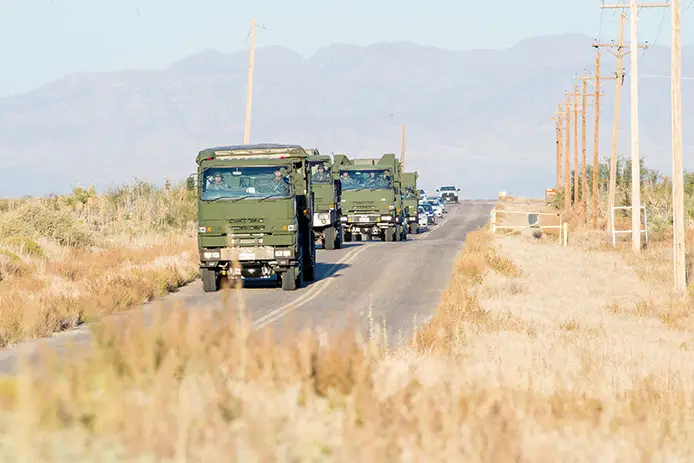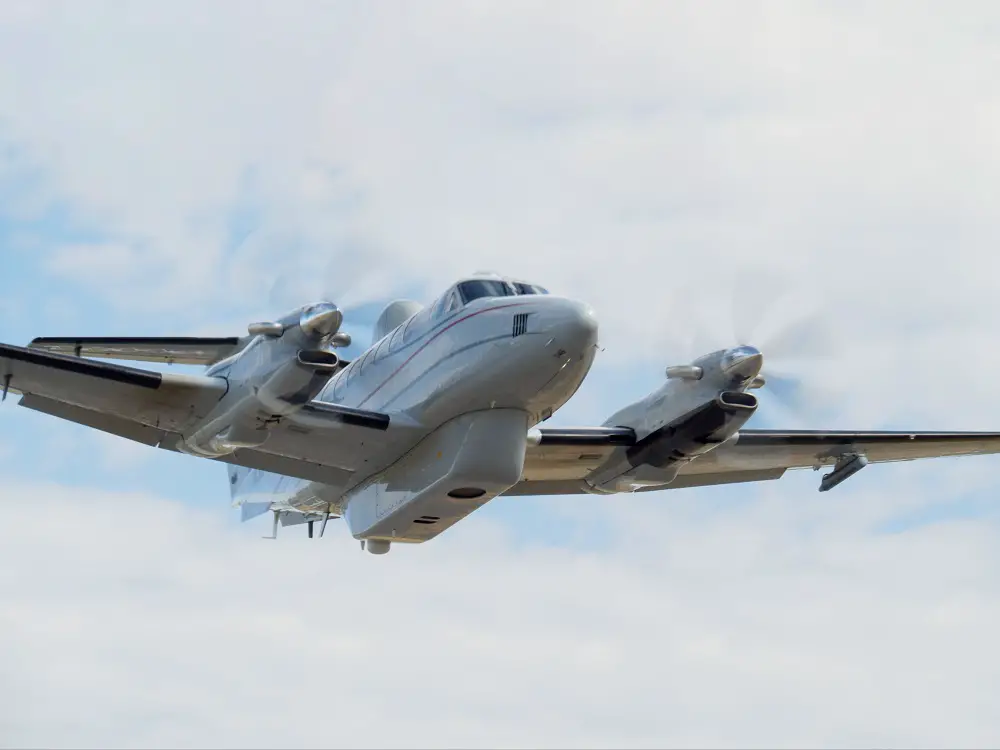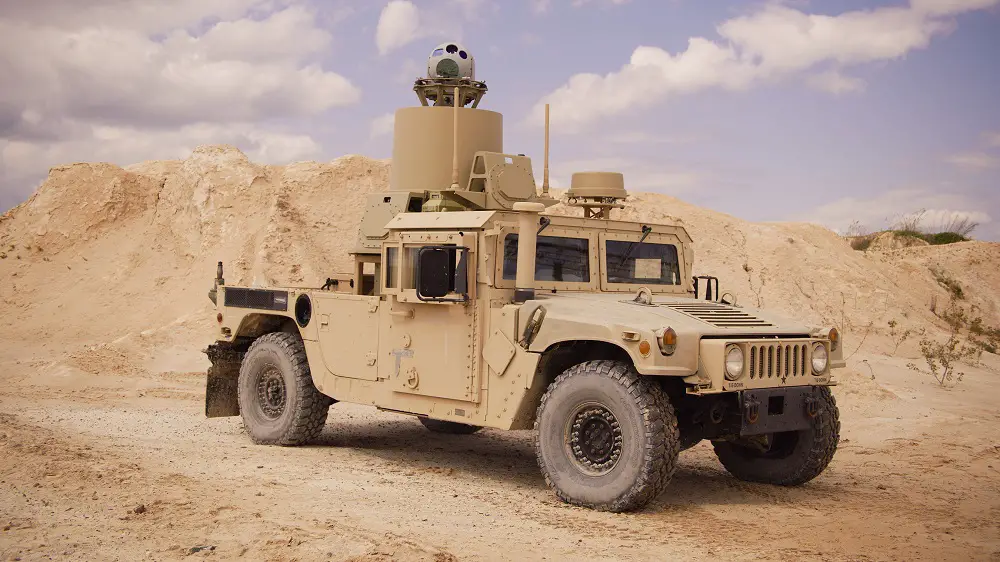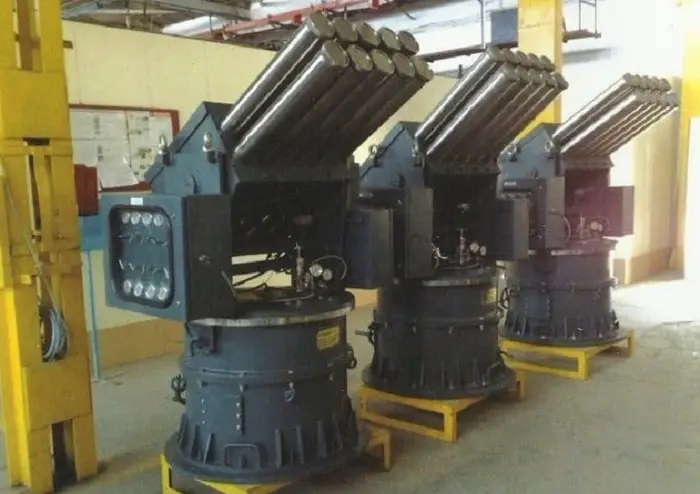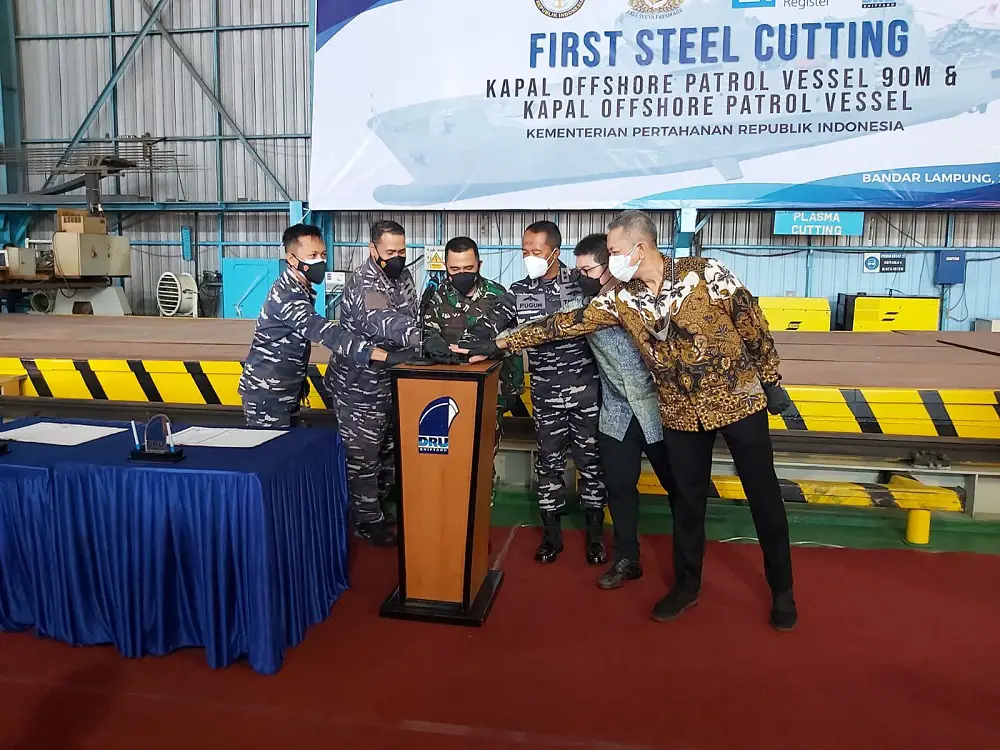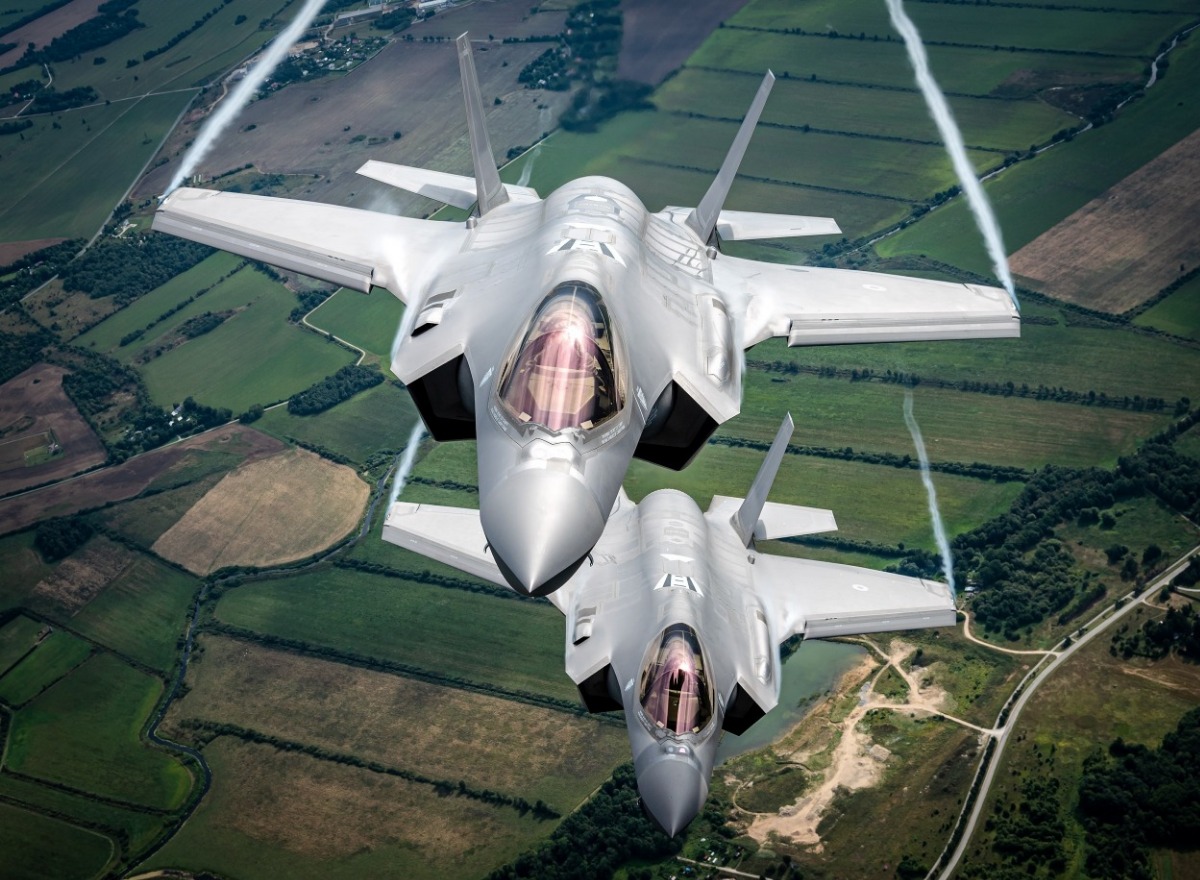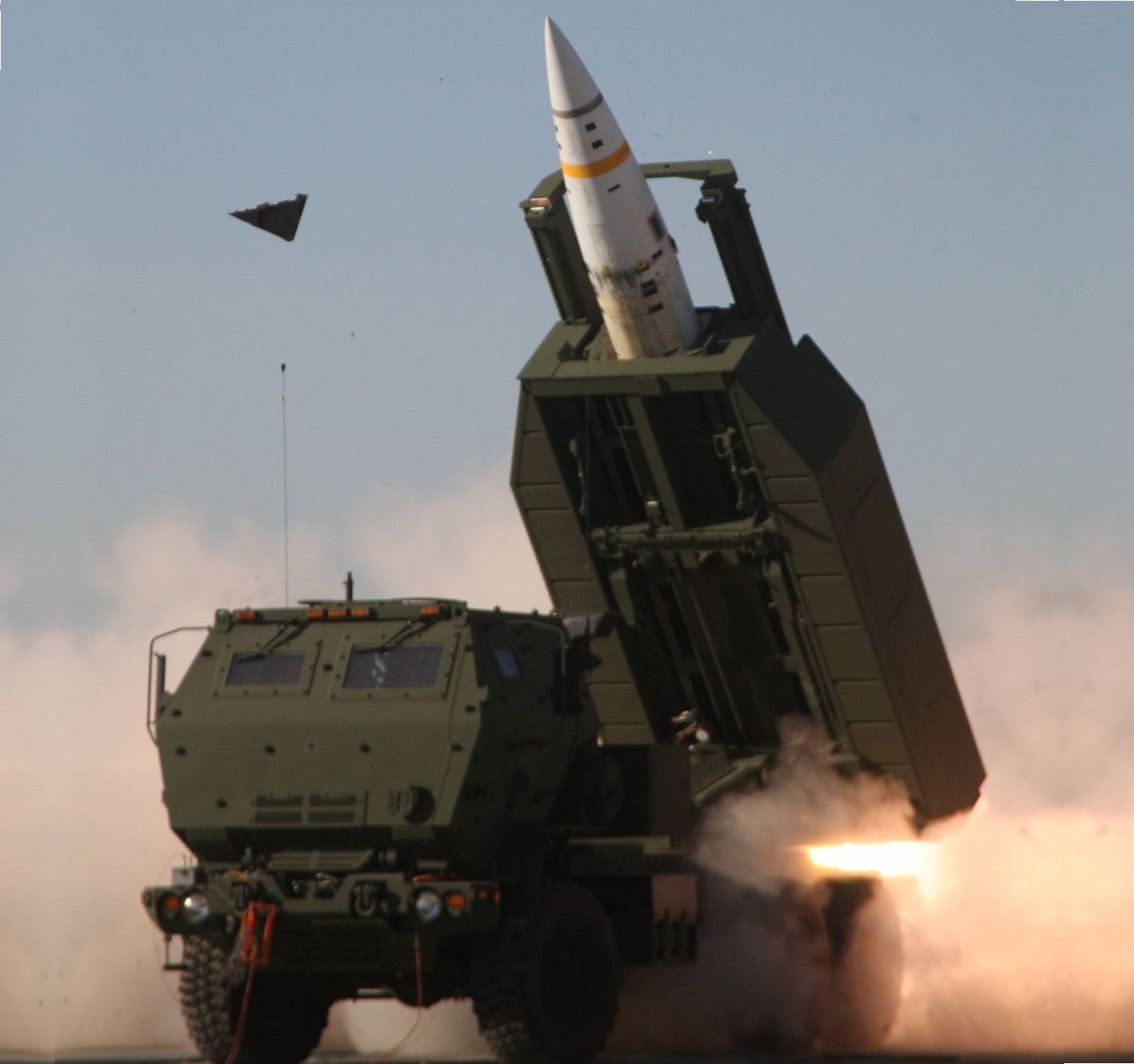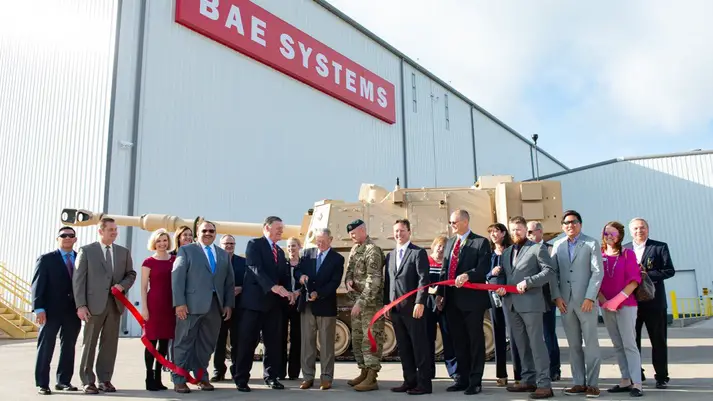The 31st Marine Expeditionary Unit conducted Marine Air-Ground Task Force full mission profile rehearsals, aerial reconnaissance, and simulated close-air support while maintaining a presence in the South China Sea aboard amphibious assault ship USS America, April 17-24, 2020.
During one evolution, the MEU conducted a combat mission rehearsal with two rifle companies from the MEU’s Battalion Landing Team, 1st Battalion, 5th Marines, going through the process of mustering the assault force with full combat load in the hangar bay of the America, test-firing weapons, and embarking both companies onto two waves of MV-22B Osprey tiltrotor aircraft for flight operations. According to Maj. Jeremy Fisher, company commander of Bravo Company, BLT 1/5, drills like this are essential in mitigating friction when it’s time to execute real-world missions.
“Organizing, staging, loading, and launching two companies of Marines from the ship is not a small task. This training rehearses our Marines, the ship’s crew, and other supporting components of the MAGTF so that if we were to execute a quick reaction mission real-world, we’ve already identified and addressed any friction that might arise,” said Fisher.
“III MEF will become our main focus-of-effort, designed to provide U.S. Indo-Pacific Command and the Commander, 7th Fleet with a fight-tonight, stand-in force capability to persist inside an adversary’s weapon systems threat range, create a mutually contested space, and facilitate the larger naval campaign,” said General David Berger, 38th Commandant of the Marine Corps.
Later, in the East China Sea, the MEU rehearsed a proof of concept with cargo nets, draping the nets over the side of the ship in order to debark a platoon of Marines into an 11-meter Rigid Hull Inflatable Boat. This exercise demonstrated the ability of the MEU to capitalize on the extra space that the USS America has without a well deck, and remain capable of surging Marine combat power ashore via multiple methods, according to 1st Lt. Kenneth Crowder, a platoon commander with BLT 1/5.
“This Naval integration training harkened back to the Marine Corps’ method of debarkation during the island-hopping campaigns of World War II. Through deliberate planning and execution with our Navy brothers and sisters, we showed that even old school methods, when well executed, can be applied to new problem sets in this area of operations,” said Crowder.
In addition to the vertical assault rehearsal and tactical debarkation, both Marine Corps and Navy aviation assets conducted daily flight operations to ensure readiness. Most notably, F-35B Lightning II fighter aircraft flew both daytime and nighttime sorties to sharpen their skills in support of the MAGTF, running aerial reconnaissance missions throughout the South China Sea, projecting Marine Corps air power in support of a free and open Indo-Pacific region. Additionally, MV-22B Osprey tiltrotor aircraft ran daily missions with reconnaissance Marines aboard.
During one F-35 sortie, Joint Terminal Attack Controllers with the 31st MEU simulated calling in close air support on maritime targets in order to sustain both their own and the pilots’ proficiency in CAS.
“Throughout this deployment the 31st MEU’s JTACs have been constantly exposed to unique and challenging ways to sharpen their skills and remain current in all qualifications. Having the opportunity to utilize all the capabilities of the F-35B while underway was an excellent way to validate our proficiency in a dynamic maritime environment,” said Capt. Ryan Poitras, Air Naval Gunfire Liaison Company Detachment officer in charge and JTAC Evaluator with the 31st MEU.
The ability to execute missions such as these demonstrates the powerful and flexible presence that III Marine Expeditionary Force is able to maintain in the South China Sea, and throughout the Indo-Pacific, directly in line with the planning guidance laid out last year by General David Berger, 38th Commandant of the Marine Corps.
“III MEF will become our main focus-of-effort, designed to provide U.S. Indo-Pacific Command and the Commander, 7th Fleet with a fight-tonight, stand-in force capability to persist inside an adversary’s weapon systems threat range, create a mutually contested space, and facilitate the larger naval campaign. When modernized in a manner consistent with the vision above, III MEF will be a credible deterrent to adversary aggression in the Pacific,” wrote Berger in his message to the force.
As III MEF’s crisis response force, the 31st MEU provides this power projection capability that the U.S. depends on throughout the Indo-Pacific, according to Col. Robert Brodie, the 31st MEU’s commanding officer.
“The 31st MEU and Amphibious Squadron 11 combine our forces to make a ready team capable of lethal effects. Our flexibility and adaptability matched with the highly skilled Marines and sailors affords us the surgical ability to address high-end conflict or assist those in need. Whether it’s our F-35s conducting an expeditionary strike, our riflemen raiding an objective, or our combat logistics Marines supporting humanitarian assistance, the MEU stands ready to support our Nations call – Ready, Partnered, and Lethal.” said Brodie.
The 31st Marine Expeditionary Unit, the Marine Corps’ only continuously forward-deployed MEU, provides a flexible and lethal force ready to perform a wide range of military operations as the premier crisis response force in the Indo-Pacific region.
